Description
The “it does everything” box.
The Rupert Neve Designs 517 provides a world-class transformer-coupled mic preamp, one-knob compression, DI circuitry with Vari-phase, Silk saturation, and DI + mic blending capabilities – all in a single module.
GAIN
A 12-way precision rotary switch covering from Line (0) and Mic from 0 to 66 dB in 6 dB steps.
+48V
Engages phantom power on the microphone input, as supplied by the 500 series rack.
POLARITY
The push button inverts the polarity of the signal path. The symbol “Ø” is often used to denote opposite polarity.
COMPRESSOR
Based on a new LDR (light-dependent resister) design, the 517’s optocoupler compressor has been simplified to a single threshold control with auto makeup gain. By default, the compressor is set to a fixed 2:1 ratio with fixed attack and release. To set the compressor, simply dial the threshold control down until the desired amount of compression is achieved. An LED light indicates when the compressor is active.
BLEND
The 517 can be used to combine and compress a direct signal and an amplified signal. To achieve this, use the DI for an instrument’s direct signal and the mic preamp for either the mic’d speaker cabinet signal or an entirely separate source (like a vocal microphone). The blend control allows you to achieve the desired tonal balance between the two sources.
SILK
Pushing the Silk button engages the Silk circuit, which enhances the source’s harmonic content in a manner very reminiscent of many of Rupert’s class-A vintage designs.
VARI-PHASE
The VARI-PHASE control rotates the phase incrementally, allowing two signals with the same source to be phase aligned. This control is most apparent when the signals being combined are at roughly equal levels, and is generally used when blending an instrument’s direct signal with its amplified signal, as captured by a microphone.
INSTRUMENT GAIN
Front panel TRS Input and passive through for hi-z sources. Continuous gain control from 0dB to 30dB.
THRU & INST 1/4” PHONE JACKS
These 2 jacks are used for instrument direct input and a THRU output to an amp and are paralleled and wired together, as it is a passive design. Inserting a plug into either jack breaks the normal MIC input and the user has the full range of MIC GAIN and TRIM. These jacks have a 3 mega Ohm input impedance that will provide less loading (i.e. better highs) than most DI boxes, and the sheer amount of gain that is available makes this input extremely versatile.
Specifications
FREQUENCY RESPONSE
Mic Pre, Main Output, no load.
-0.1 dB @ 10 Hz
-1 dB @ 120 kHz
DI Input, Main Output, no load.
-0.1 dB @ 10 Hz
-1 dB @ 120 kHz
NOISE
Measured at Main Output, unweighted, 22Hz – 22kHz, Terminated 150 Ohm.
With gain at unity: better than -100 dBu
With gain at 66 dB: better than -60.5 dBu
Equivalent Input Noise: better than -125 dBu
DI
With Gain @ Unity: Typically better than -100 dBu
With Gain @ +30 dB: Typically better than -75 dBu
HIGH PASS FILTER
Frequency: 80 Hz
Slope: 12 dB/Octave Bessel
Microphone Input Impedance
10,000 Ohm
Instrument Input Impedance
1.6 Meg Ohm (3.3 Meg Ohm balanced)
Maximum Output Level
The maximum output from 20 Hz to 40 kHz is +23 dBu.
GAIN
Mic Pre: Unity to +66 dB in 6 dB steps
DI: Unity to +30 dB continuous
Total Harmonic Distortion and Noise:
@ 1 kHz, +20 dBu output: Main Output: Better than 0.001%
@ 20 Hz, +20 dBu output: Main Output: Better than 0.002%
Silk Engaged: Better than 0.2% Second harmonic
VARI-PHASE
@ 100 Hz: 2.9 degrees to 57.4 degrees
@ 1 kHz: 33.5 degrees to 156 degrees
@ 10 kHz: 149 degrees to -175 degrees
PHANTOM POWER
+48 Volts DC +/- 1% (provided by 500 Series Rack)
POWER REQUIREMENTS
Supplied by 500 series rack with 110-125 mA @ +/- 16V
COMPRESSOR
THRESHOLD
Continuously Variable from -20 dBu to +10 dBu
RATIO
Fixed at 2:1
ATTACK & RELEASE
Fast Mode: Attack 5ms, Release 50ms
Slow Mode: Attack 250ms, Release 500ms
TOTAL HARMONIC DISTORTION
Measured @ Main Output.
MIC PREAMP AND DI
@ 1 kHz, +20 dBu output: Better than 0.002%
@ 20 Hz-20 kHz, +4 dBu output: Better than 0.02%
SILK
@ 20 Hz, +4 dBu output: Better than 0.5%
@ 50 Hz, +4 dBu output: Better than 0.1%
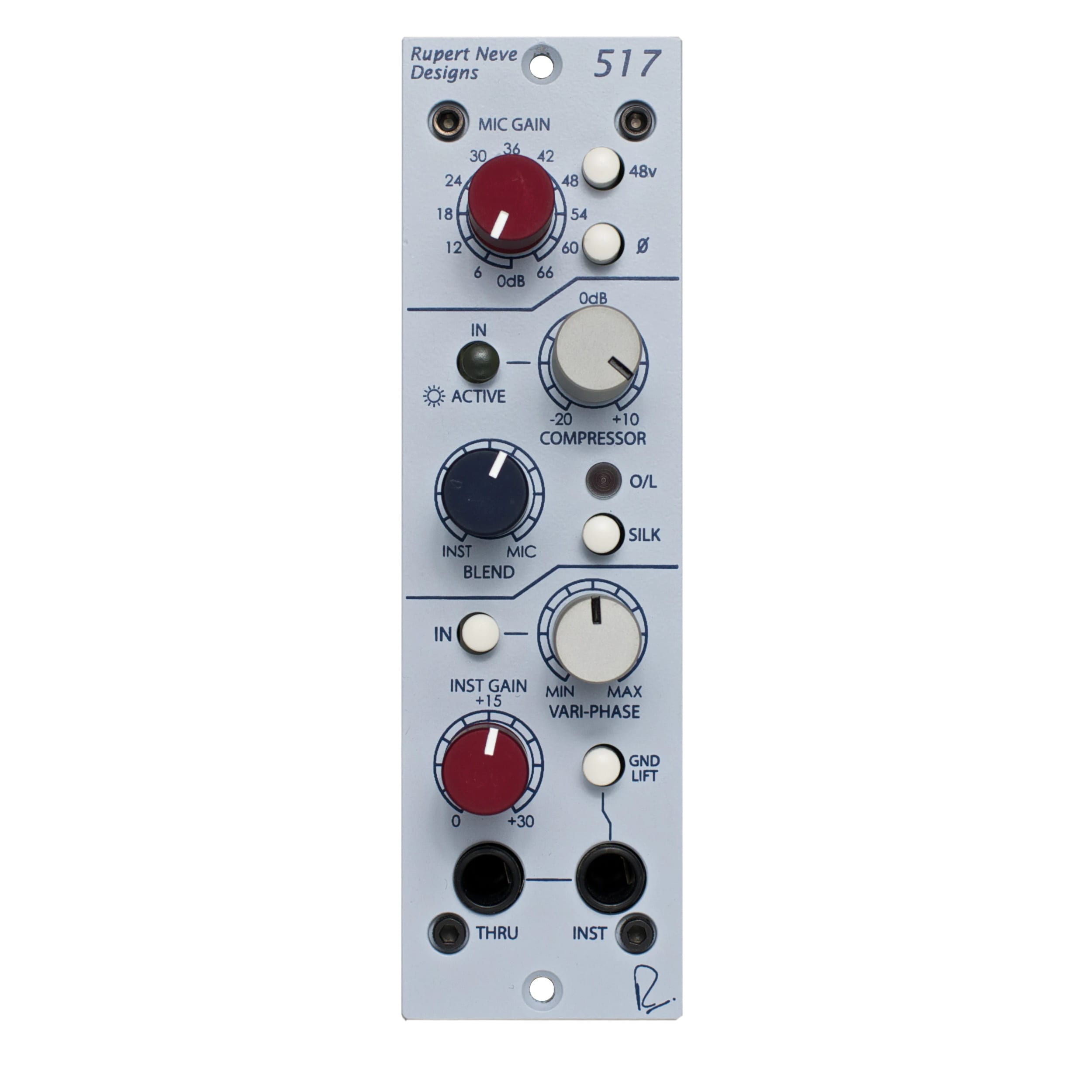
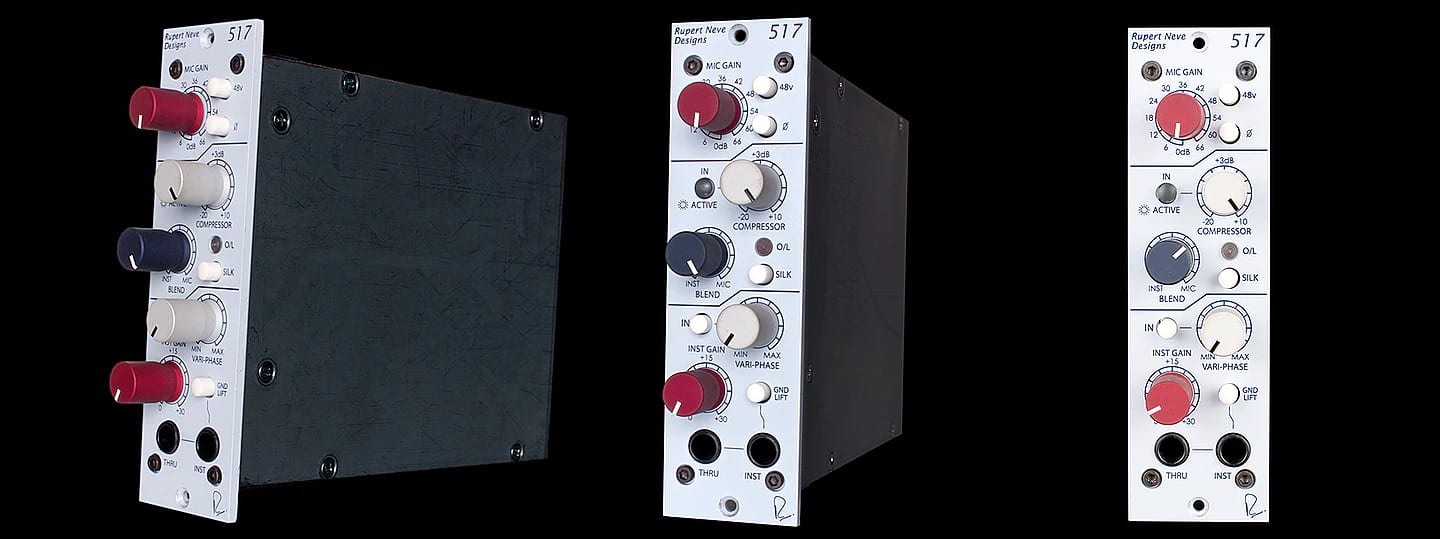
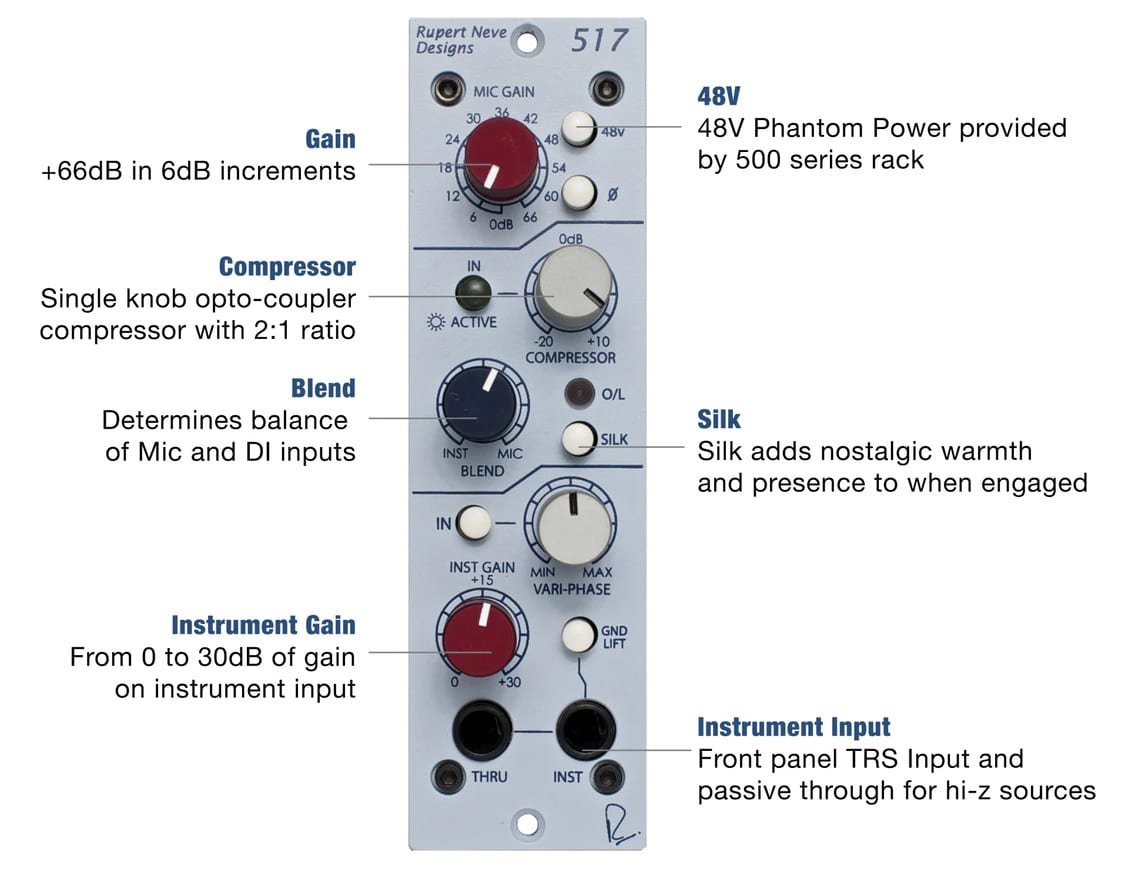
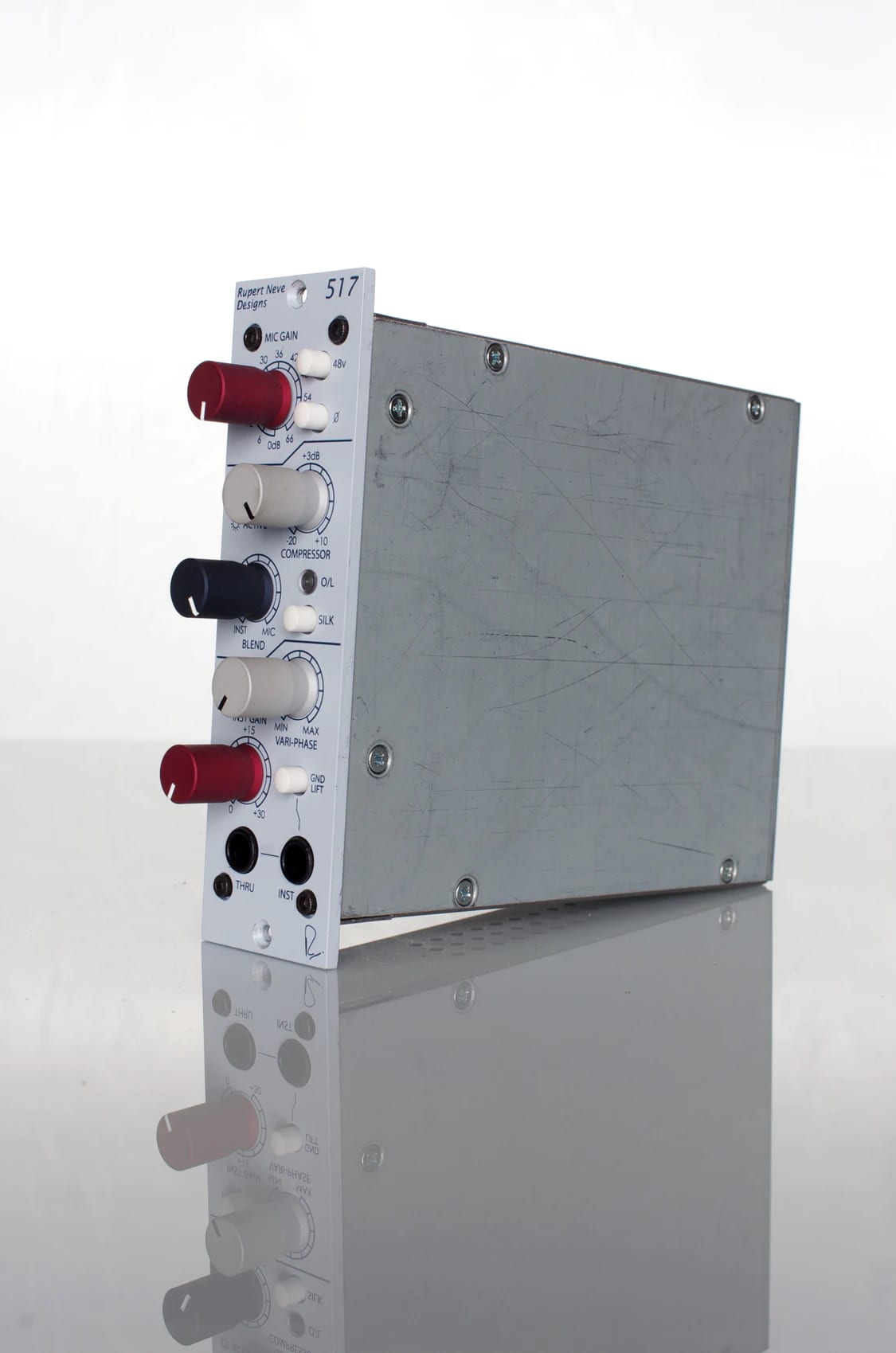





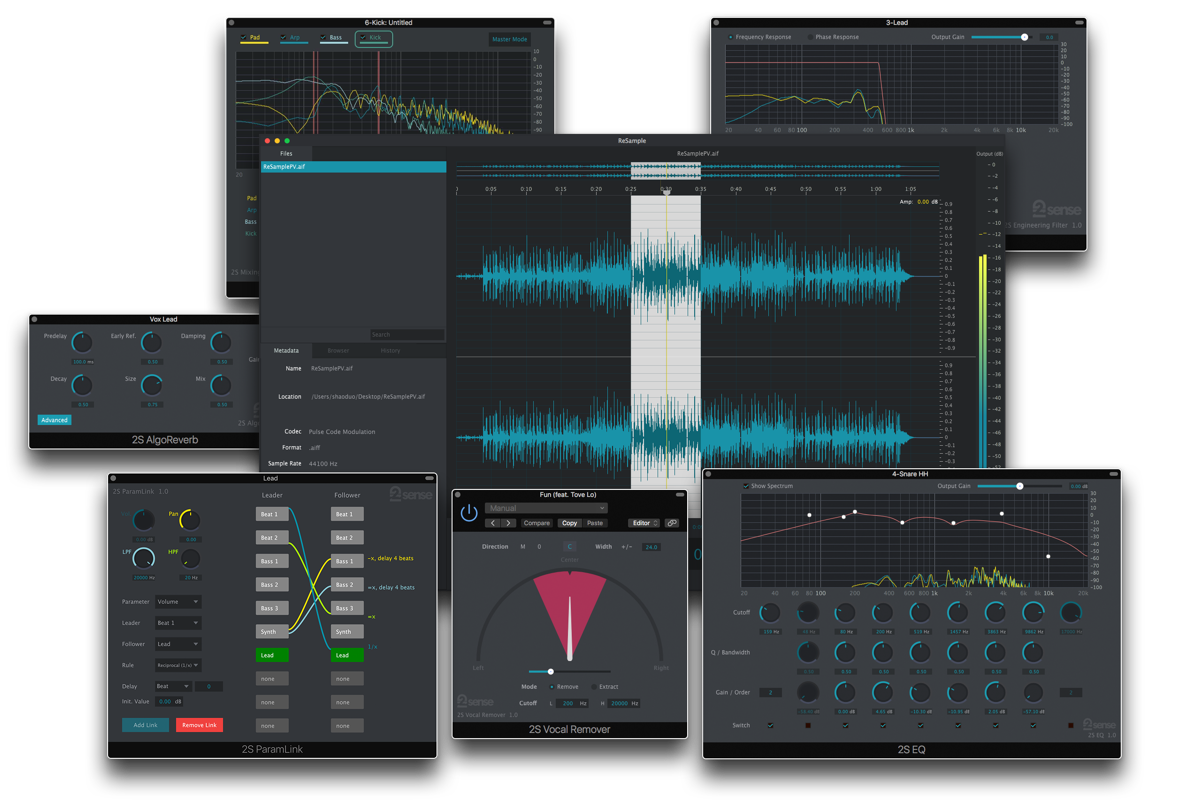
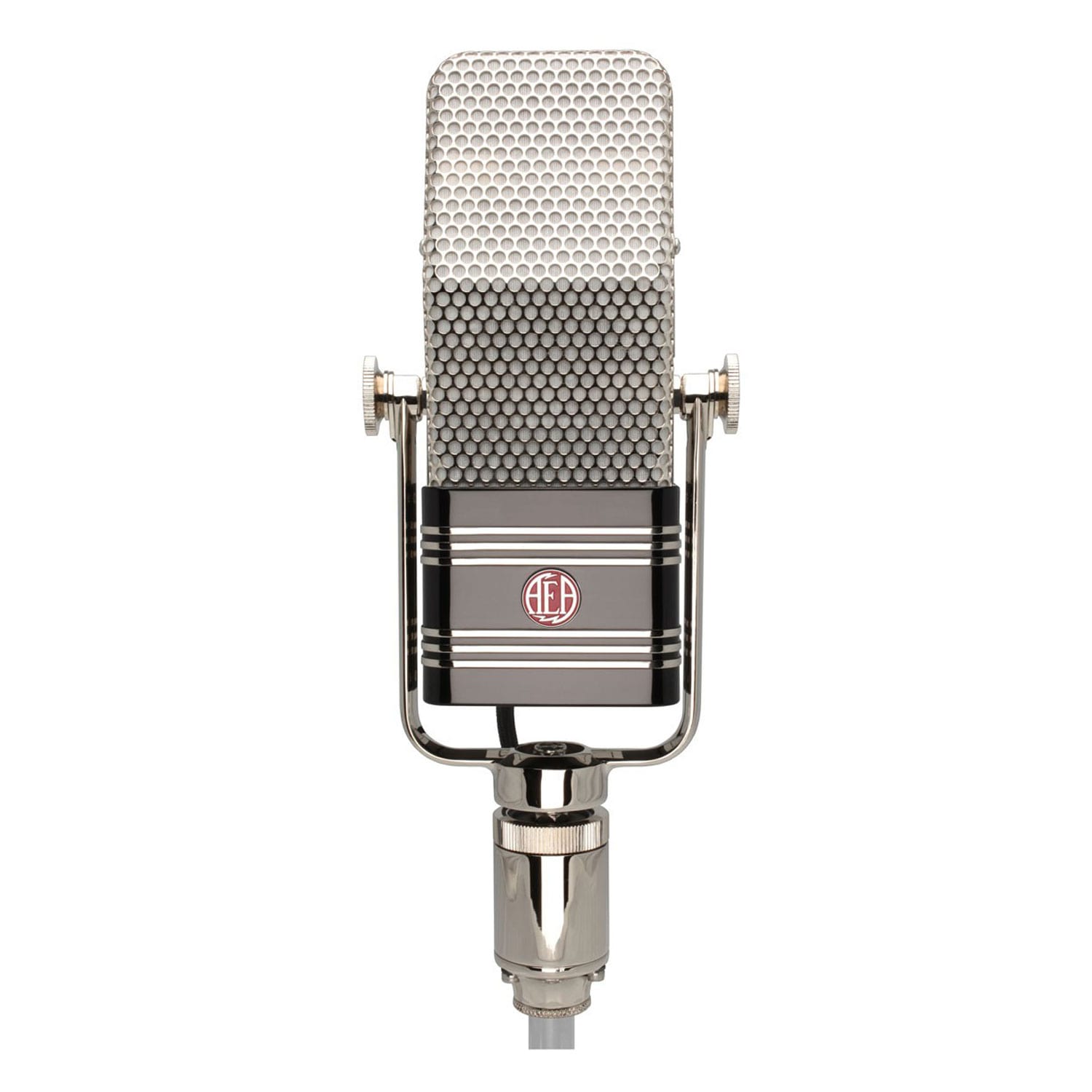

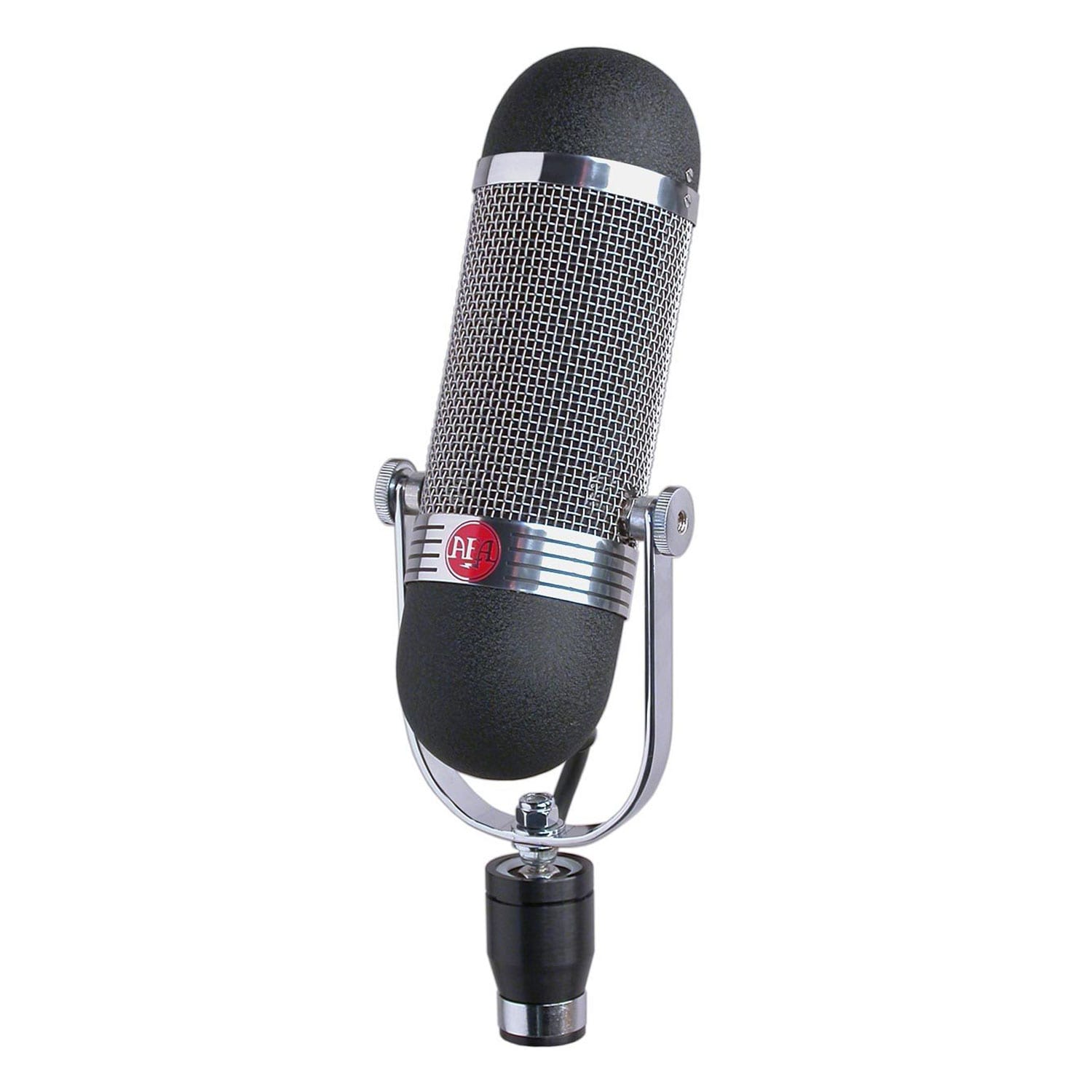

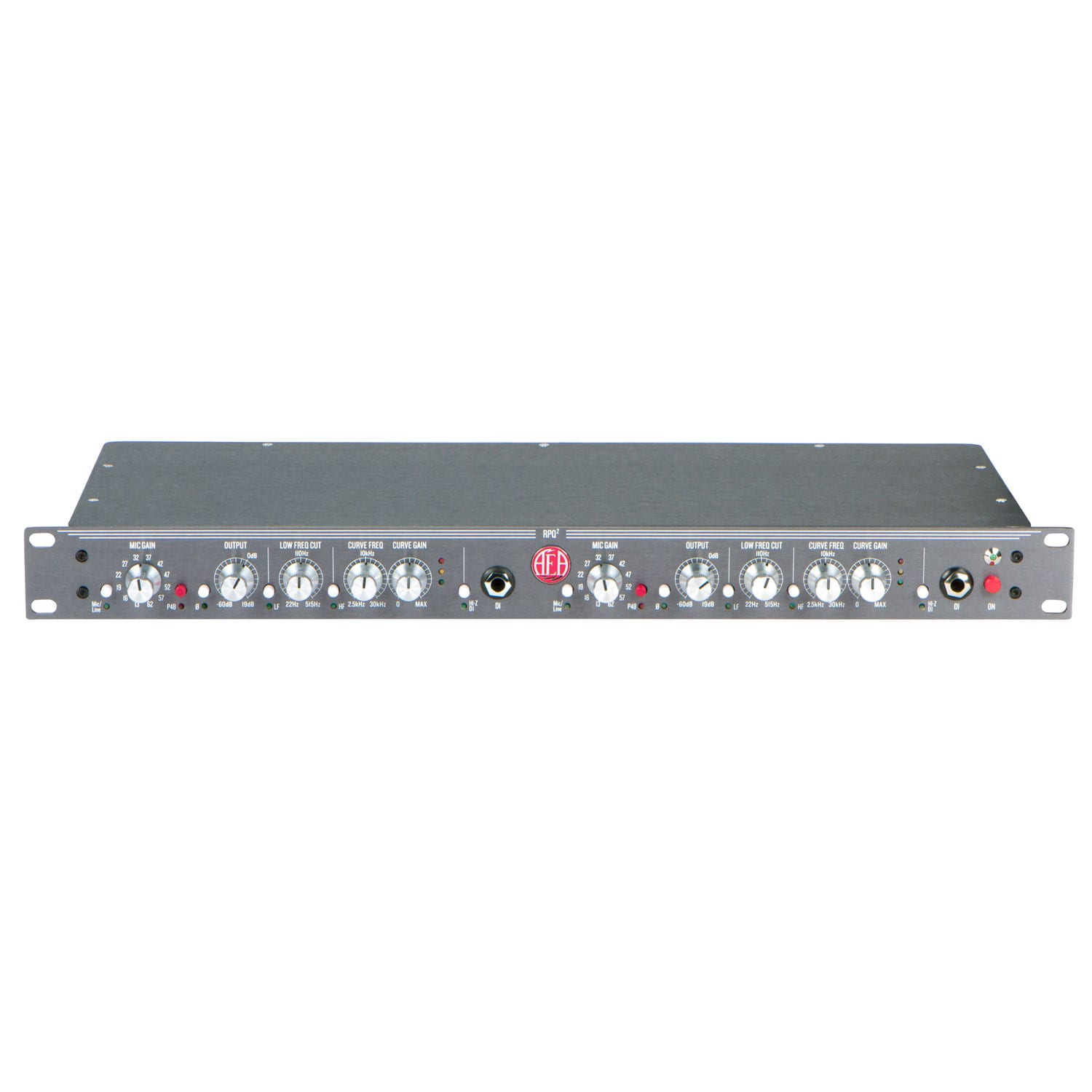

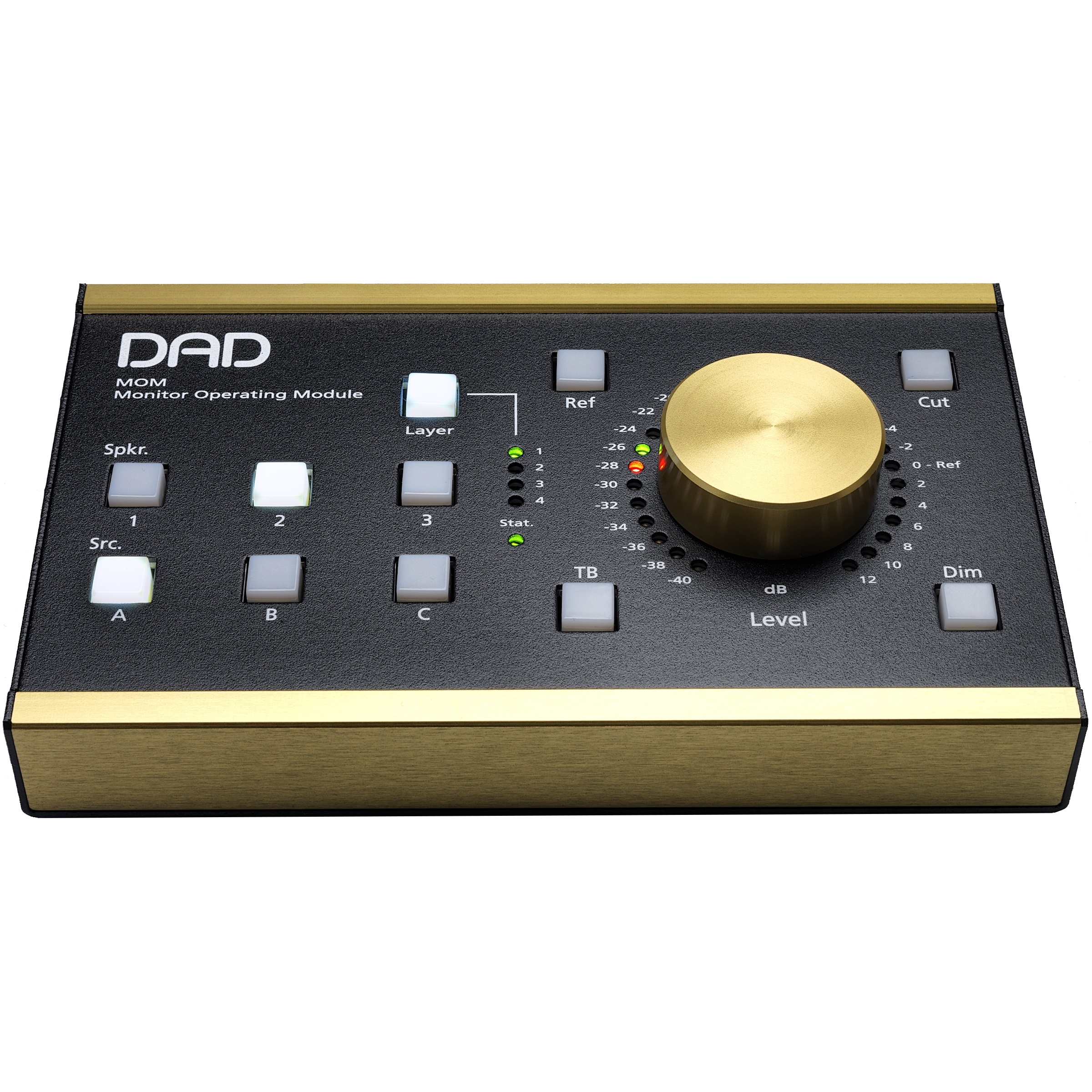
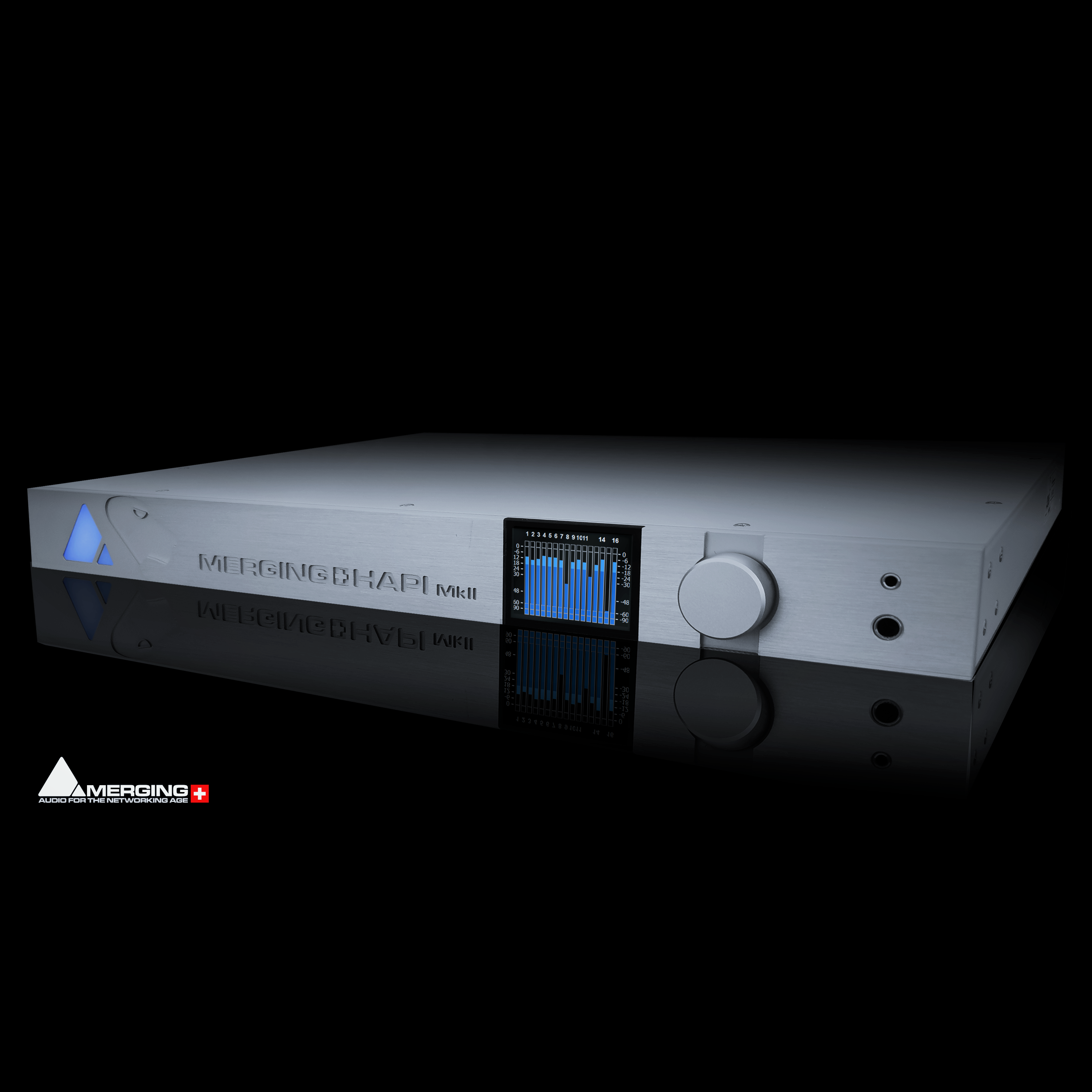

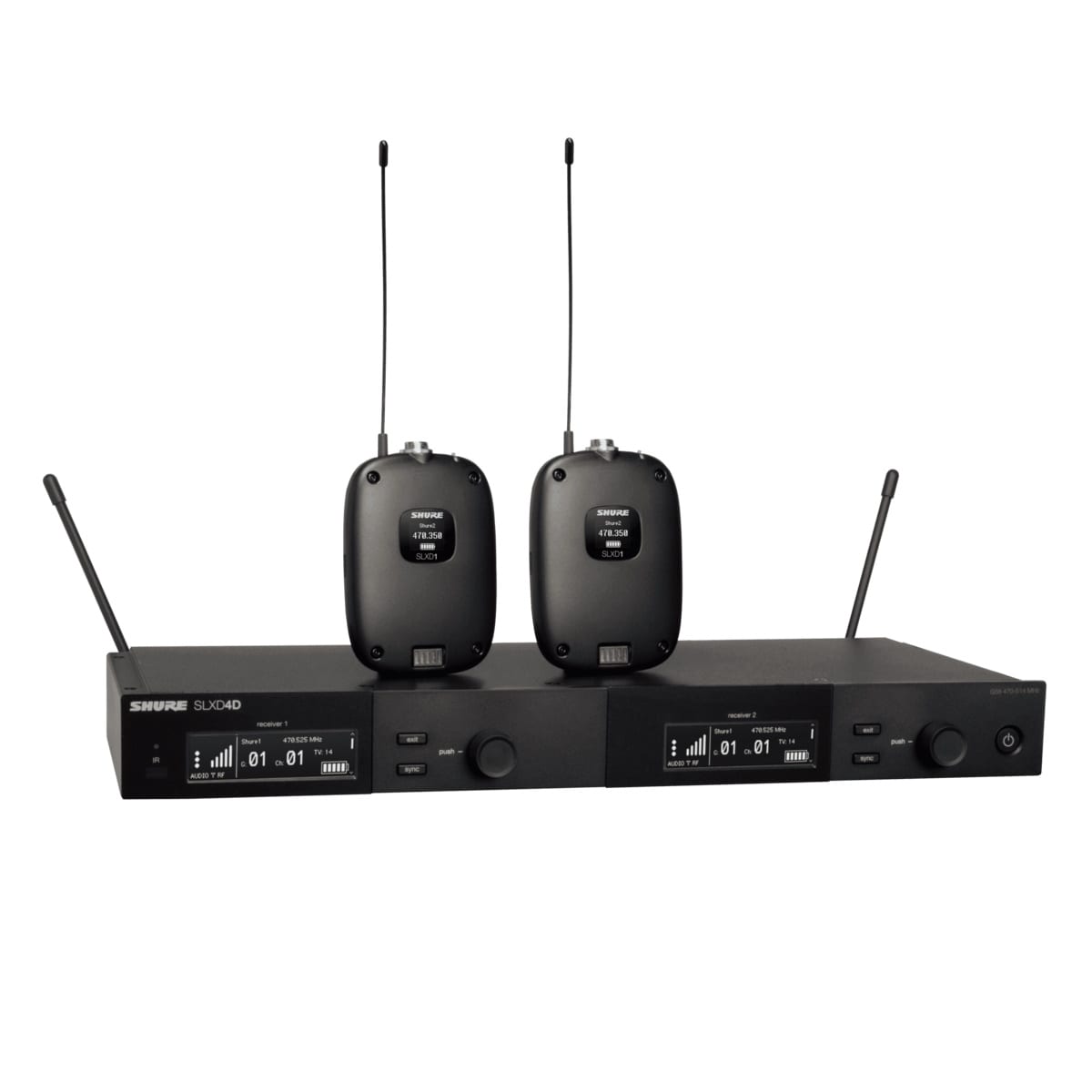
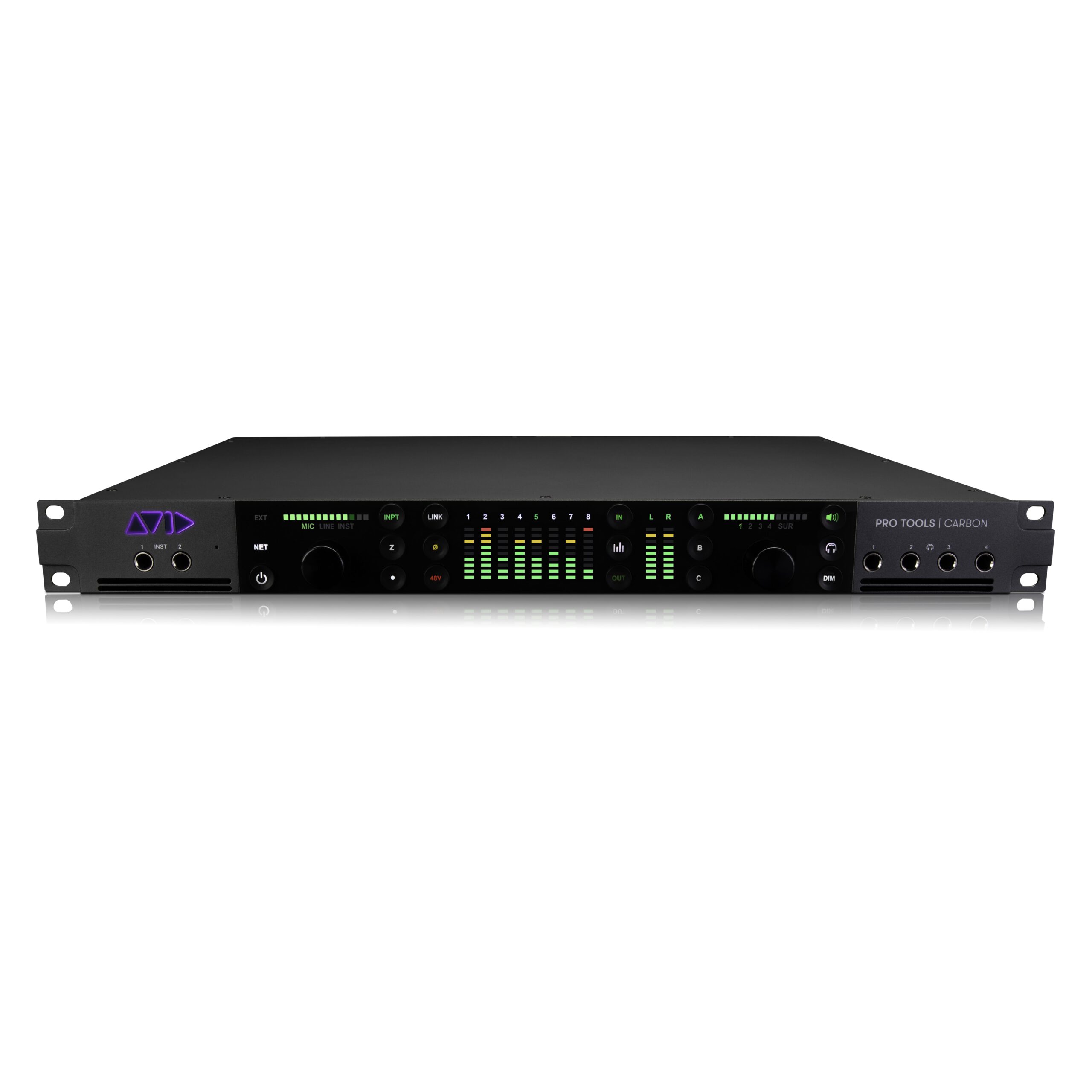
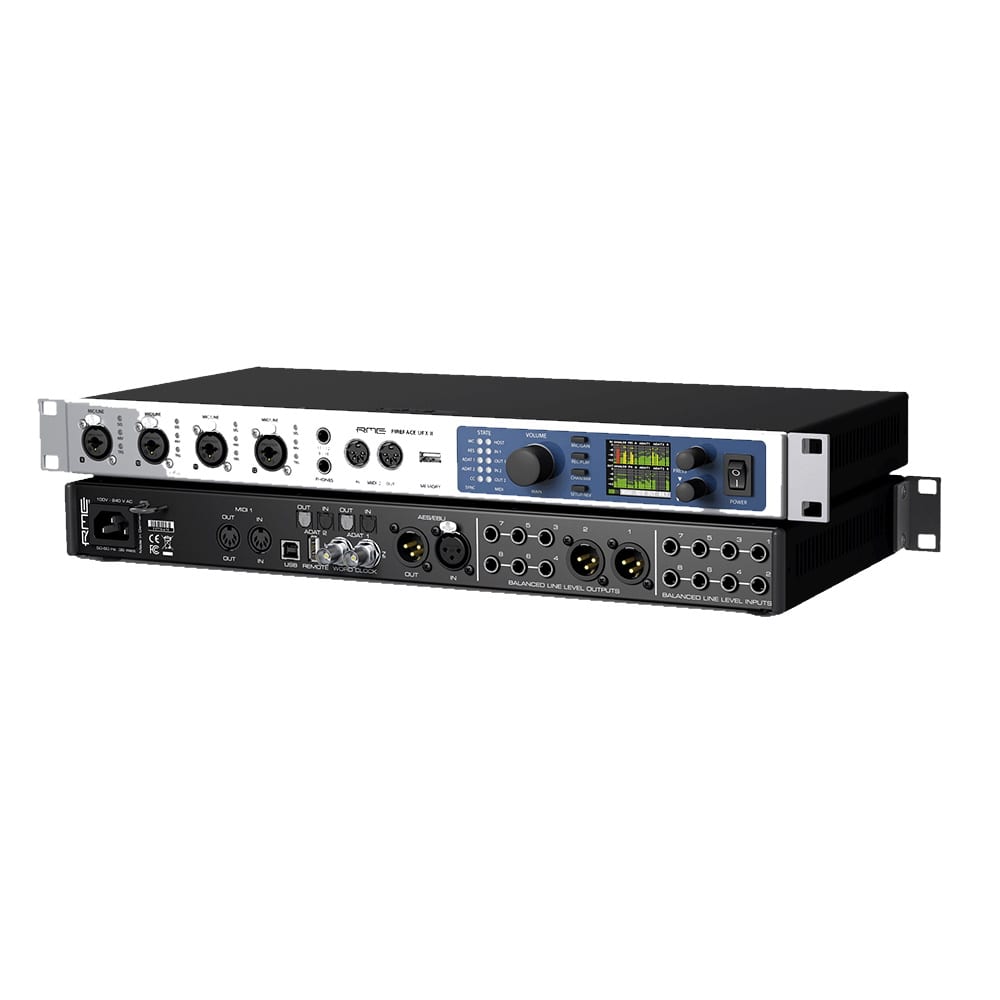
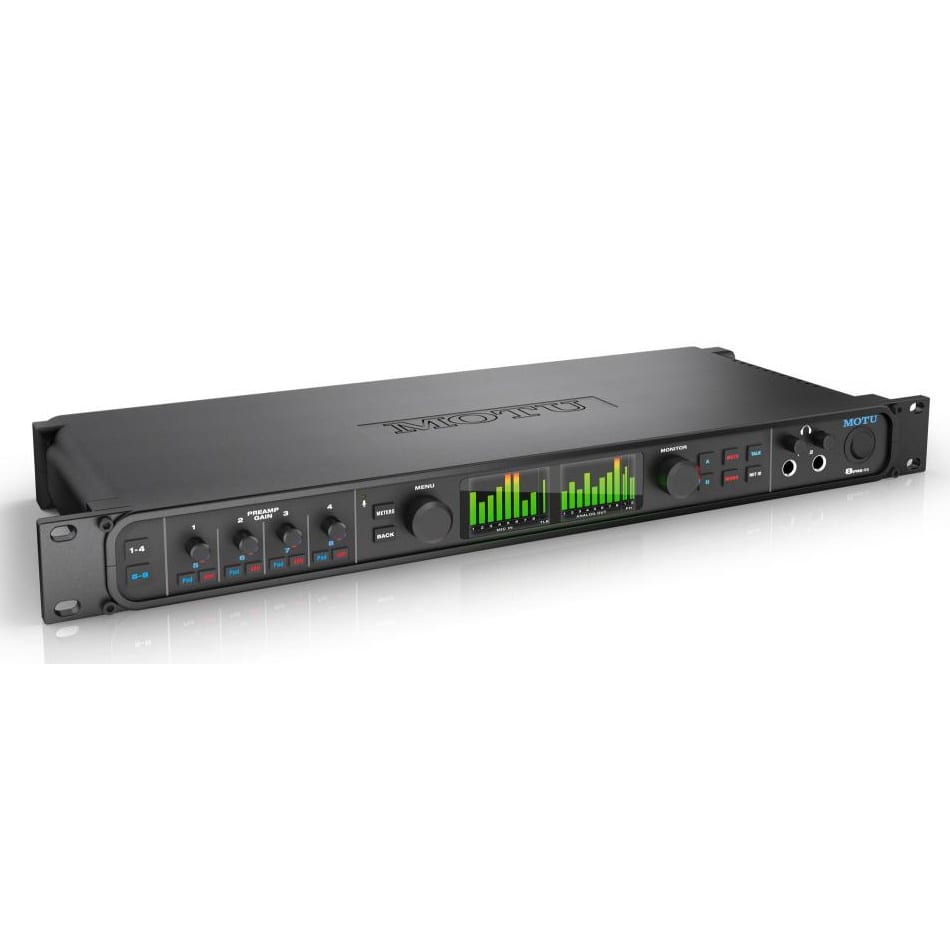
Reviews
There are no reviews yet.